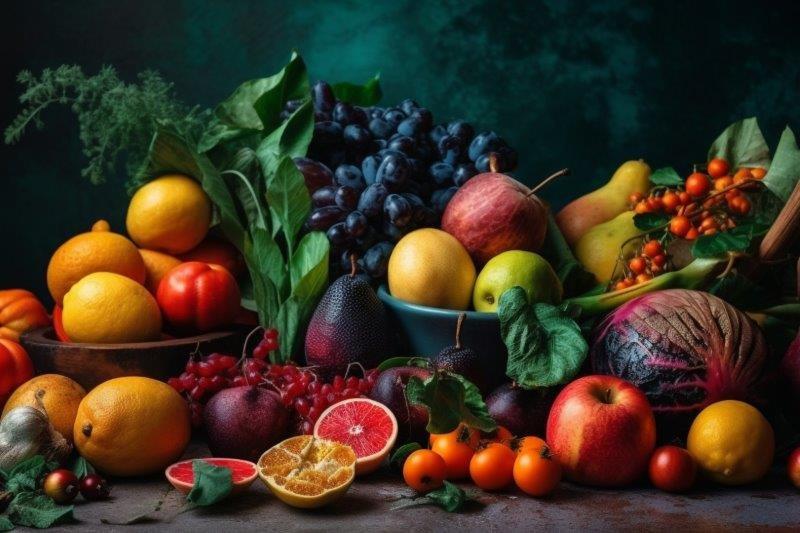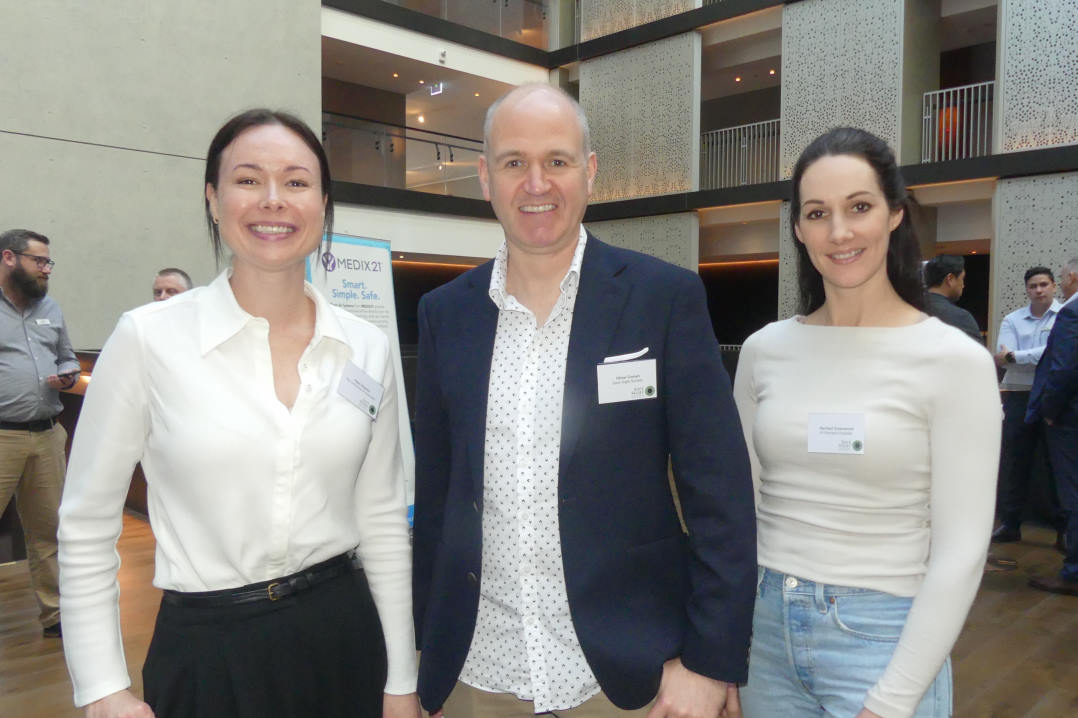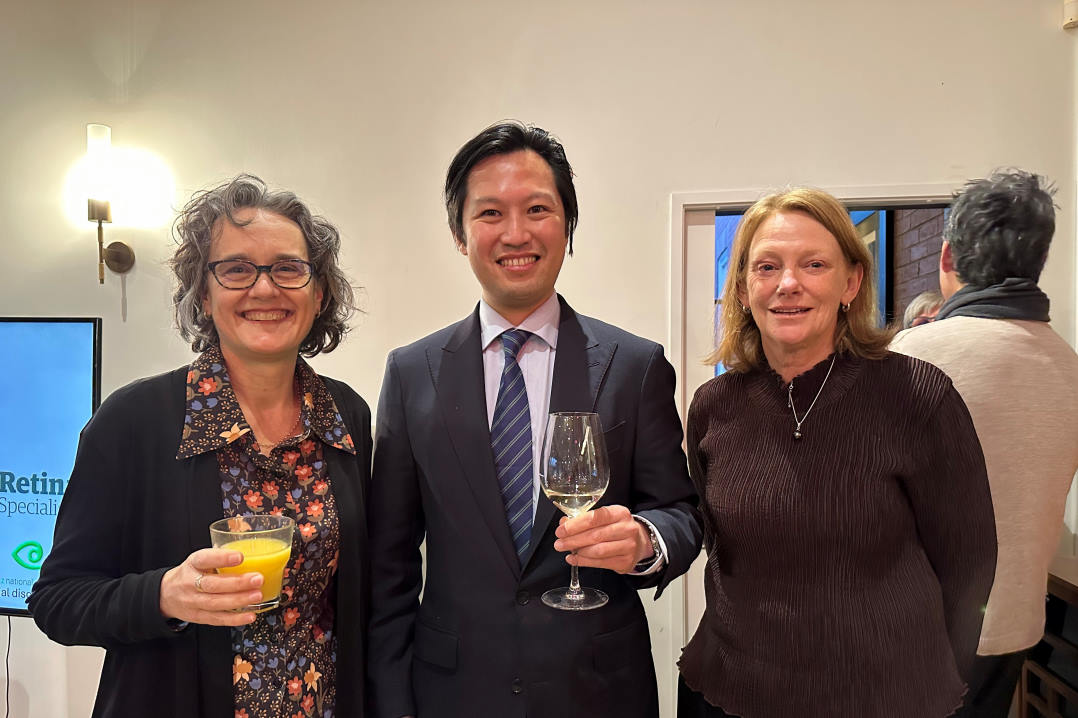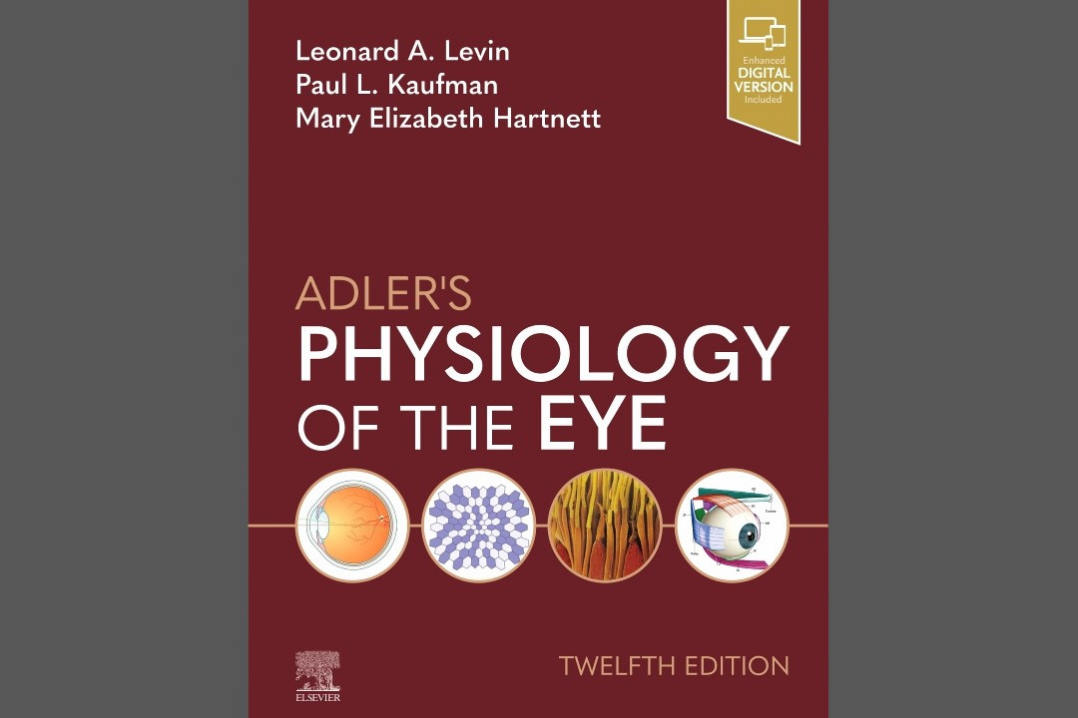Carotenoids in the prevention of retinal diseases
Carotenoids are natural pigments commonly made by plants and vital to life. Humans cannot synthesise carotenoids, therefore we rely solely on eating a varied plant diet to obtain them. Responsible for the rich yellow, orange and red colours of many plants, fruits and vegetables provide most of the 40 to 50 carotenoids needed in the human diet.
The carotenoids lutein and zeaxanthin (and its stereoisomer, meso-zeaxanthin) are the only carotenoids found in the human eye, and there is now a growing body of research refining our understanding of the exact role they play in eye health1. We can access high concentrations of lutein from egg yolk and maize, while spinach, collard greens and kale are also good sources1.
Lutein and zeaxanthin accumulate in the retina, particularly in the macula and are, therefore, known as macular pigments2. Each acts as an antioxidant and filters high-energy blue light. This helps shield the retina from light-initiated oxidative damage and guard against age-related macular degeneration (AMD). These carotenoids also neutralise harmful singlet oxygen, scavenge reactive oxygen species and prevent lipid peroxidation in cell membranes, reducing the formation of lipofuscin, a waste product of cell reactions1.
Lutein supplementation and retinal diseases
Studies focused on individuals with retinal diseases such as AMD, retinitis pigmentosa, Usher syndrome and choroideremia have shown that lutein/zeaxanthin supplements can significantly increase macula pigment optical density (MPOD)3. High levels of MPOD may be protective against photo-oxidative damage caused by blue light and potentially reduce the risk of developing AMD4, a hypothesis supported by a number of observational studies.
When lutein and zeaxanthin were extracted from healthy and AMD donor eyes and examined via high performance liquid chromatography (HPLC), concentrations of lutein and zeaxanthin were significantly lower in AMD eyes compared to healthy eyes2. In 2000, Beatty and colleagues examined MPOD in a Northern European population using heterochromatic flicker photometry and discovered significantly less macular pigment in eyes at high risk of AMD because of advanced disease in the fellow eye, compared to eyes with no known risk5,6. The link between diet and macular pigment levels was also observed by Obana et al, who found higher carotenoid concentrations in the eyes of subjects who took high-dose lutein supplements, in not just the macula but also the peripheral retina and lens7.
An earlier study by Vishwanathan et al found individuals with low MPOD showed an increase in macula pigment (ie. lutein and zeaxanthin) concentration of up to 50% at three retinal eccentricities after consuming four egg yolks per day for five weeks8. A smaller, non-significant 31% increase was observed in those eating two yolks at the same frequency. Overall, these findings suggest consuming foods high in lutein and zeaxanthin, or supplementation with these carotenoids, can boost MPOD.
Research on 324 healthy individuals taking lutein and zeaxanthin supplements showed no immediate change in MPOD, but a significant increase after six months9. The LUXEA (lutein xanthophyll eye accumulation) study, meanwhile, examined the effects of carotenoid supplements on 92 men aged 18–45 years10. Participants were assigned to take 10mg of lutein, zeaxanthin, a combination of both, or a placebo, daily for six months. In the second six-month phase, doses for active groups were doubled and the placebo group switched to a combination supplement. After a year, MPOD had risen by 14-15% in the active groups.
Lutein and oxidative stress in newborns
Previous research has shown that lutein can mitigate oxidative stress in full-term newborns11. Infants who received lutein supplements within 48 hours of birth exhibited a notable decrease in hydroperoxide levels and an increase in their biological antioxidant capacity11. Additionally, lutein has been found to be effectively absorbed by pre-term infants when given orally, with lutein levels rising by 13.5% and 16.7% at six and 24 hours post-administration, respectively12.
In another study the incidence of ROP was 43% in the lutein-supplemented group, compared to 55% observed in the control group13. In terms of ROP progression, a smaller percentage of infants progressed to severe ROP after receiving lutein supplements (8%) compared to the control group (28%). An earlier study by Manzoni et al reported that lutein consumption halved the progression rate from early stage to threshold ROP14. These findings have stimulated scientific interest in the potential benefits of lutein for pre-term infants at risk of retinopathy of prematurity (ROP); however, the number of studies on lutein’s effect on ROP is still limited and results thus far have not been statistically significant.
A sparkly side effect from too much lutein
The adverse effects associated with high lutein consumption are generally minor and infrequently observed. Le Marchand et al found an average daily intake of 26 mg/day of lutein in a South Pacific population yielded no apparent side effects15. However, a case study documented a unique instance of bilateral ‘foveal sparkle’ in an older Asian female who ingested an unusually large amount of lutein daily, including a 20mg lutein supplement and a nutrient-rich smoothie made of broccoli, kale, spinach and avocado each morning for eight years13. Her blood serum lutein levels, determined through HPLC, reached 519ng/mL – nearly triple the average level of 182±196ng/mL found in individuals not taking supplements. The crystals in the right eye’s foveal inner layers resolved within seven months of her stopping taking lutein, but the left eye’s crystals remained.
References
- Bartlett H. Ramawat K, Mérillon J (Eds). Xanthophylls and the eye Natural Products. (2013) Springer.
- Nolan J, Neelam K. Esperjesi F, Beatty S (Eds) Carotenoids Nutrition and the eye: A practical approach 2006 (pp. 91–99). Butterworth-Heinemann.
- Bone R, Landrum J, Tarsis S. Preliminary identification of human macular pigment. Vis Res 1985 25(11), 1531–1535.
- Bartlett H, Howells O, Eperjesi F. The role of macular pigment assessment in clinical practice: A review. Clin Exp Optom 2010 93(5), 300–308.
- Bernstein P, Delori F, Richer S, van Kuijk F, Wenzel A. The value of measurement of macular carotenoid pigment optical densities and distributions in age-related macular degeneration and other retinal disorders. Vis Res 2010 50(7), 716–728.
- Beatty S, Hui-Hiang K, Henson D, Boulton M. The role of oxidative stress in the pathogenesis of age-related macular degeneration. Surv Ophthalmol, 2000 45(2), 115–134.
- Obana A, Gohto Y, Nakazawa R, Moriyama T, Gellermann W, Bernstein P. Effect of an antioxidant supplement containing high dose lutein and zeaxanthin on macular pigment and skin carotenoid levels. Sci Rep 2020 10, 10262.
- Vishwanathan R, Goodrow-Kotyla E, Wooten B, Wilson T, Nicolosi R. Consumption of 2 and 4 egg yolks/d for 5 week increases macular pigment concentrations in older adults with low macular pigment taking cholesterol-lowering statins. AJCN 2009 90(5), 1272–1279.
- Liew S, Gilbert C, Mellerio J, Van Kuijk F, Beatty S, Marshall J, Spector T, Hammond C. Effect of 6 month lutein supplementation on macular pigment levels, measured by two methods, fundus autofluorescence & heterochromatic flicker photometry. IOVS 2006 47(13).
- Schalch W, Cohn W, Barker F, Kopcke W, Mellerio J, Bird A, Robson A, Fitzke F, van Kuijk F. Xanthophyll accumulation in the human retina during supplementation with lutein or zeaxanthin – the LUXEA (Lutein Xanthophyll Eye Accumulation) study. Arch Biochem 2007 458(2),128–135.
- Perrone S, Longini M, Marzocchi B, Picardi A, Bellieni C, Proietti F, Rodriguez A, Turrisi G, Buonocore G. Effects of lutein on oxidative stress in the term newborn: A pilot study. Neonatology 2010 97(1), 36–40.
- Romagnoli C, Tirone C, Persichilli S, Gervasoni J, Zuppi C, Barone G, Zecca E. (2010). Lutein absorption in premature infants. Eur J Clin Nutr, 64(7), 760–761.
- Li L, Lee J, Leung H, Lam W, Fu Z, Lo A. Lutein supplementation for eye diseases. Nutrients 2020 12(6), 1721.
- Manzoni P, Guardione R, Bonetti P, Priolo C, Maestri A, Mansoldo C, Mostert M, Anselmetti G, Sardei D, Bellettato M, Biban P, Farina D. Lutein and zeaxanthin supplementation in preterm very low-birth-weight neonates in neonatal intensive care units: A multicenter randomized controlled trial. Am J Perinatol 2013 30(1), 25–32.
- Le Marchand L, Hankin J, Bach F, Kolonel L, Wilkens L, Stacewicz-Sapuntzakis M, Bowen P, Beecher G, Laudon F, Baque P, Daniel R, Seruvatu L, Henderson B. An ecological study of diet and lung cancer in the South Pacific. Int J Cancer 1995 63, 18–23.

Dr Vivienne Zhang is clinic director at the Auckland Myopia Clinic, has a PhD in social psychology and is working towards another PhD in ophthalmic science and optometry with Aston University, UK.
























